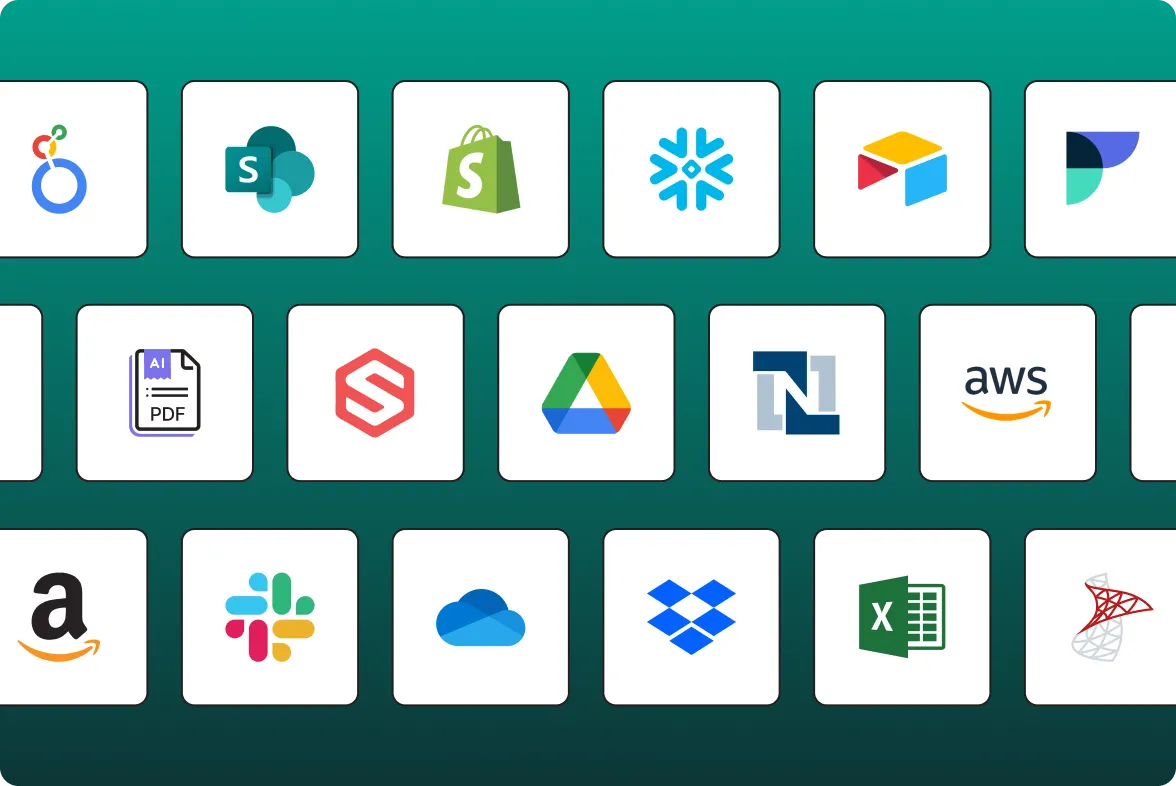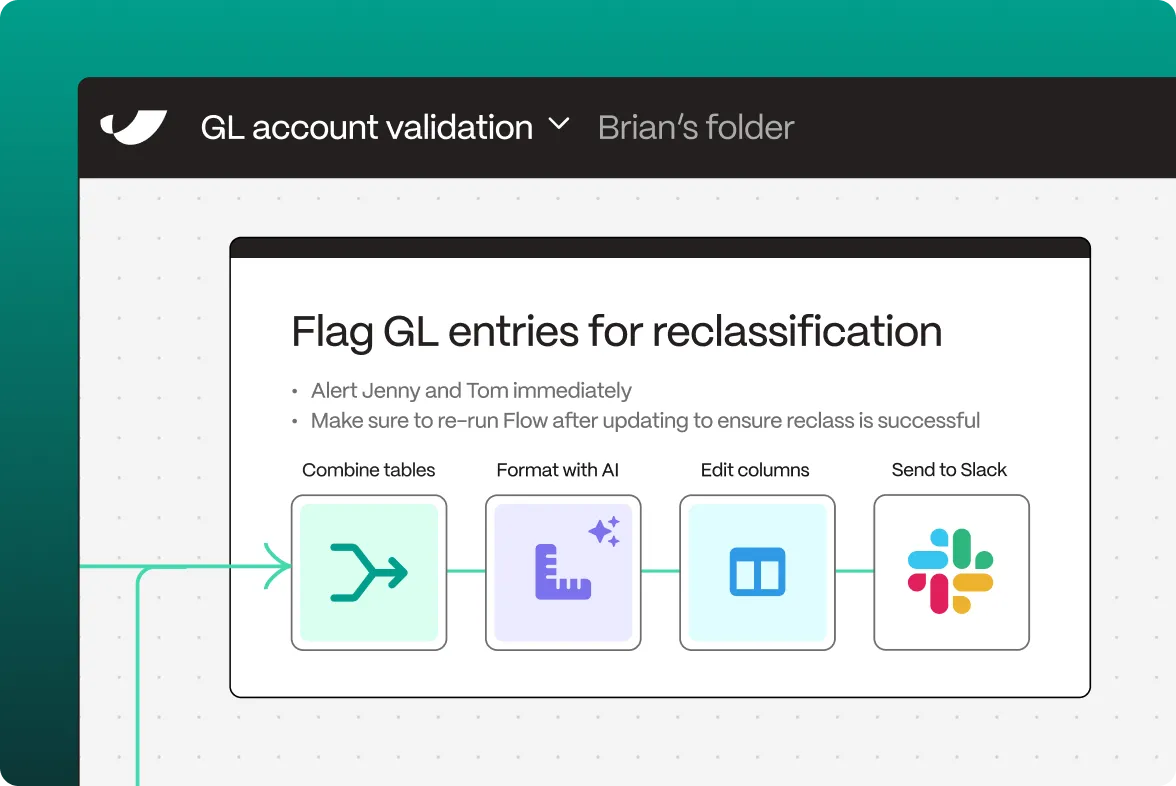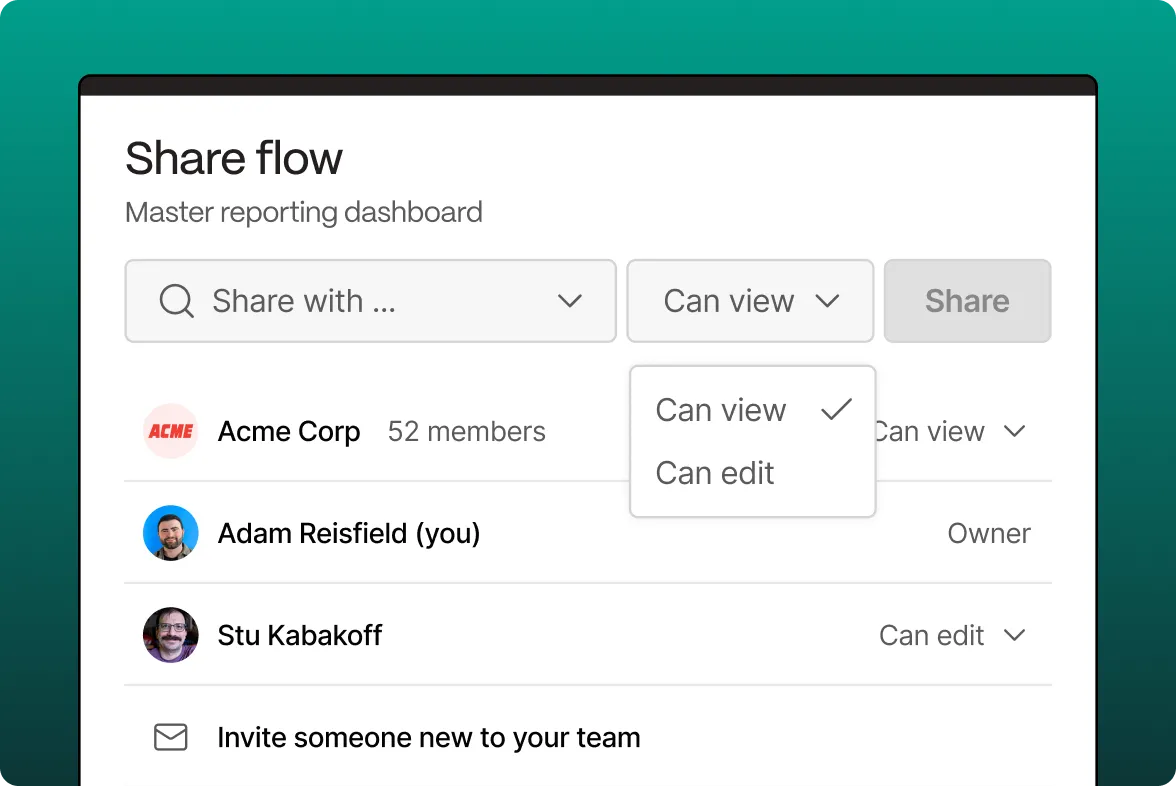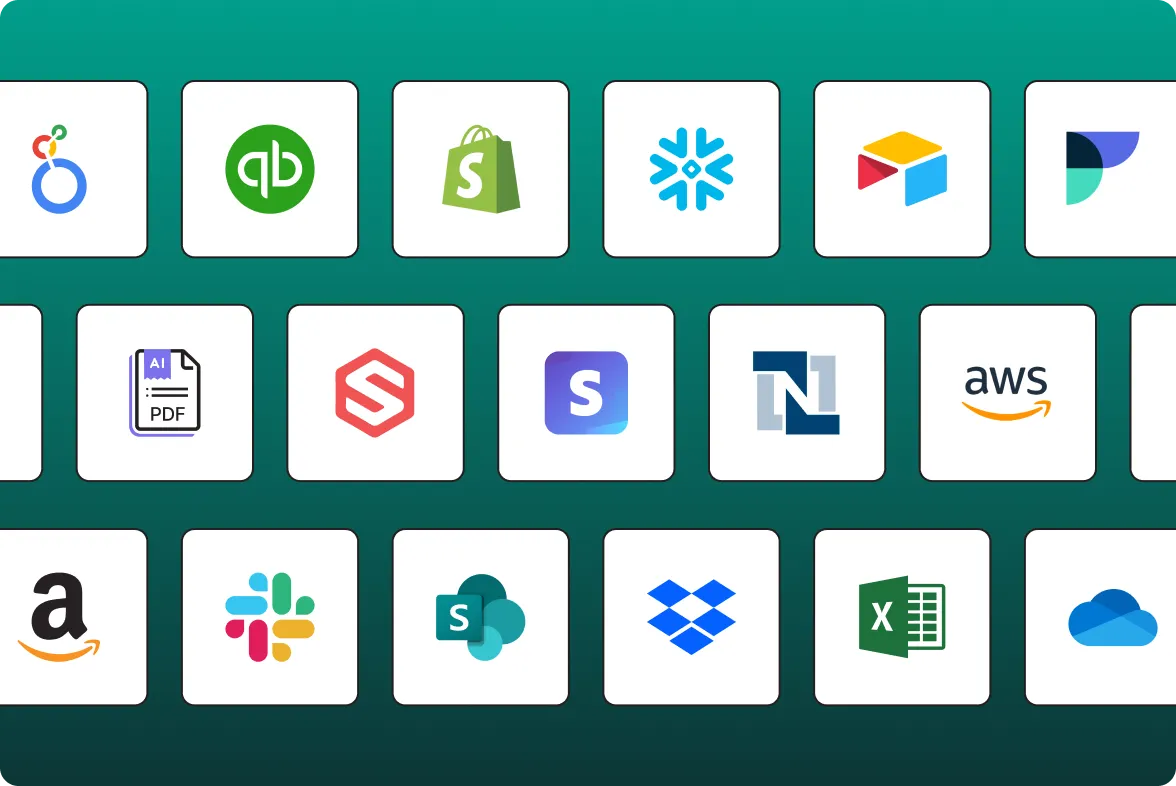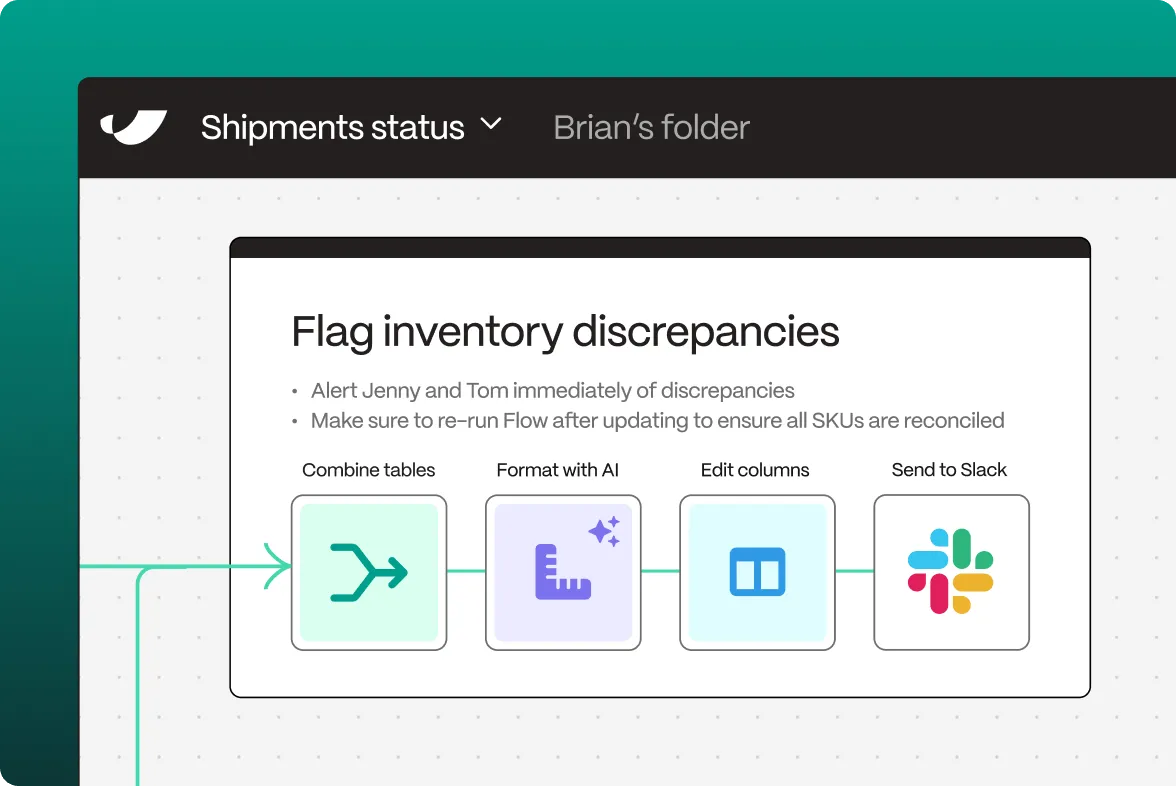Connecting via API with with Fynd Marketplace enables organizations to automate their omnichannel retail operations through an integrated commerce platform. This powerful connection allows businesses to streamline their inventory and order workflows while maintaining real-time synchronization across channels, all through a robust API that supports sophisticated retail automation.
How do I connect via API?
- Connect to the Fynd API through Parabola by navigating to the API page and selecting Fynd Marketplace
- Authenticate using your Fynd credentials and configure necessary security settings
- Select the data endpoints you want to access (inventory, orders, stores, analytics)
- Configure your flow in Parabola by adding transformation steps to process your retail data
- Set up automated triggers for inventory updates and order synchronization
What is Fynd Marketplace?
Fynd Marketplace is an omnichannel retail platform that connects physical stores with online channels. As a technology-driven retail solution, Fynd enables organizations to unify their inventory across online and offline channels while providing real-time availability and seamless order fulfillment.
What does Fynd Marketplace do?
Fynd Marketplace provides a comprehensive retail platform that enables organizations to manage their omnichannel operations efficiently. Through its API, businesses can automate sophisticated retail workflows while maintaining inventory accuracy and order coordination. The platform excels in handling retail operations, supporting everything from store inventory management to online order fulfillment and analytics.
The API enables programmatic access to Fynd's full feature set, including inventory management, order processing, and analytics capabilities. Organizations can leverage this functionality to build automated retail workflows, manage cross-channel operations, and coordinate complex fulfillment processes while maintaining optimal efficiency and customer satisfaction.
What can I do with the API connection?
Inventory Synchronization
Through Connecting via API with with Fynd, retail teams can automate their inventory management workflows. The API enables automated stock updates, real-time availability tracking, and cross-channel synchronization. This automation ensures accurate inventory while reducing manual reconciliation.
Order Management
Organizations can leverage the API to automate their order fulfillment processes. The system can handle order routing, store assignment, and delivery coordination. This automation helps maintain efficient operations while improving customer experience.
Store Performance Analytics
Operations teams can automate their retail analytics through the API connection. The system can track store metrics, analyze channel performance, and monitor fulfillment efficiency. This automation streamlines performance management while identifying optimization opportunities.
Channel Integration
Digital teams can automate their multi-channel presence through the API. The system can coordinate product information, manage pricing consistency, and synchronize promotions across channels. This integration ensures unified brand presence while reducing administrative overhead.
Customer Experience Enhancement
Service teams can automate their customer communication through the API. The system can provide real-time availability updates, manage order status notifications, and coordinate delivery tracking. This automation helps maintain customer satisfaction while reducing support inquiries.
Through this API connection, organizations can create sophisticated retail workflows that leverage Fynd's capabilities while eliminating manual operations and reducing complexity. The integration supports automated inventory management, seamless order processing, and comprehensive analytics, enabling teams to focus on retail strategy rather than operational coordination.

